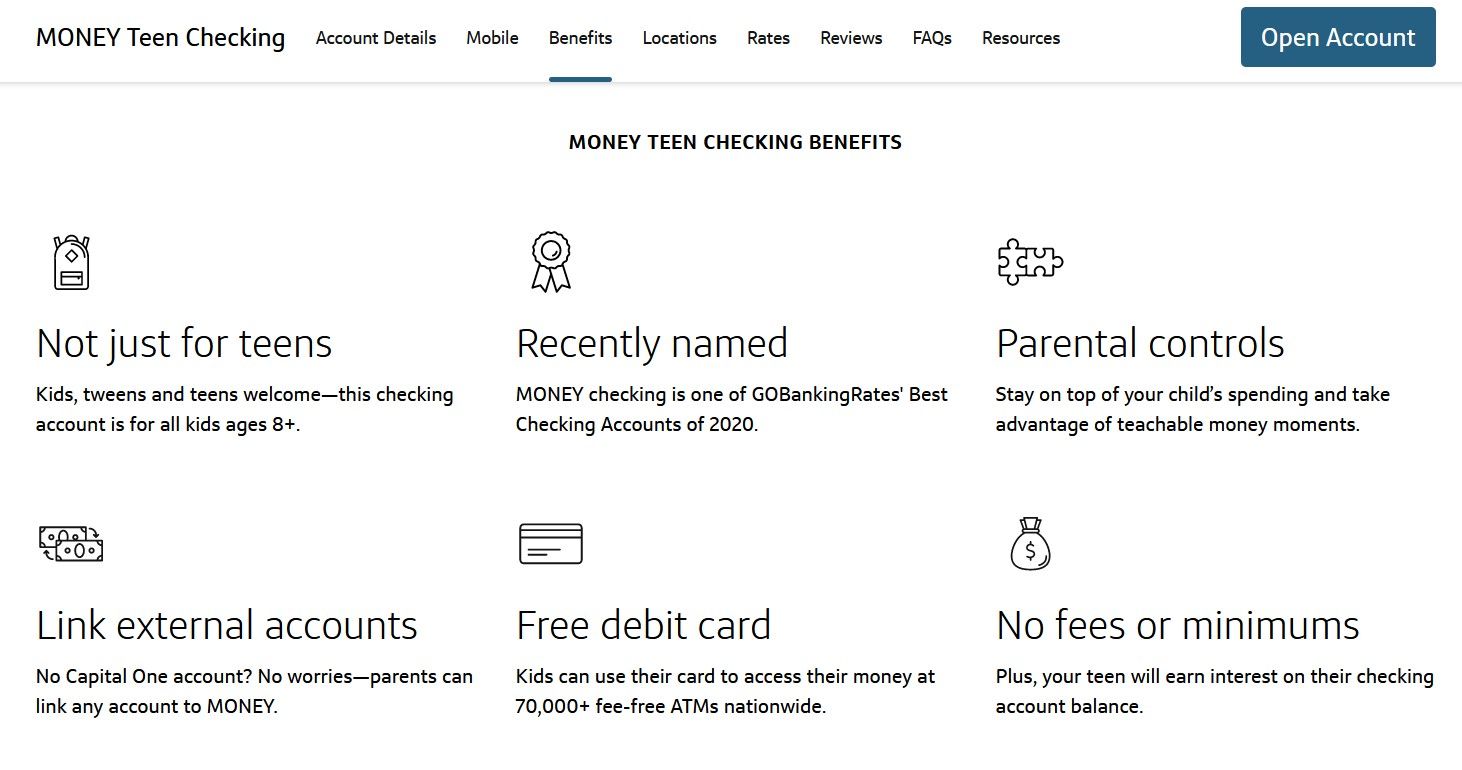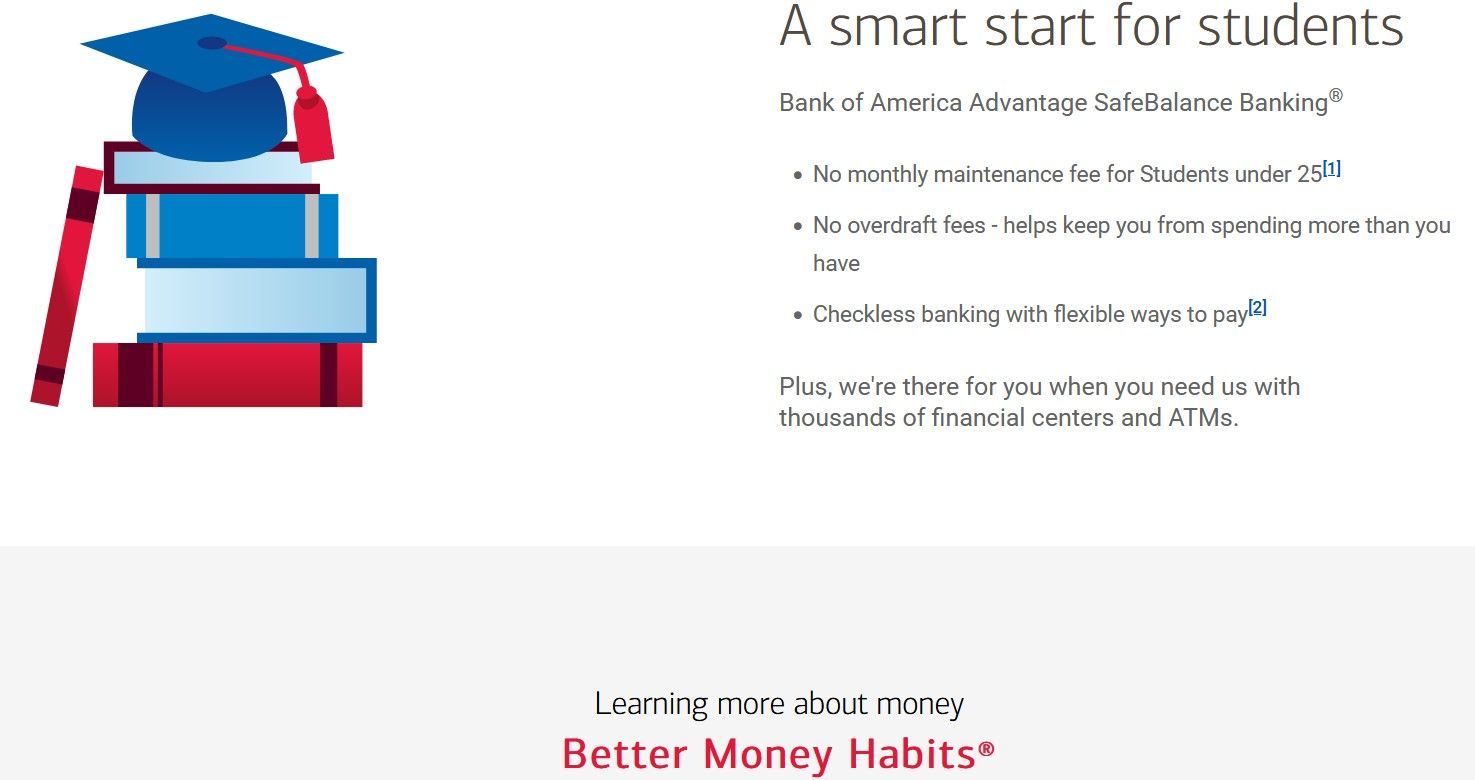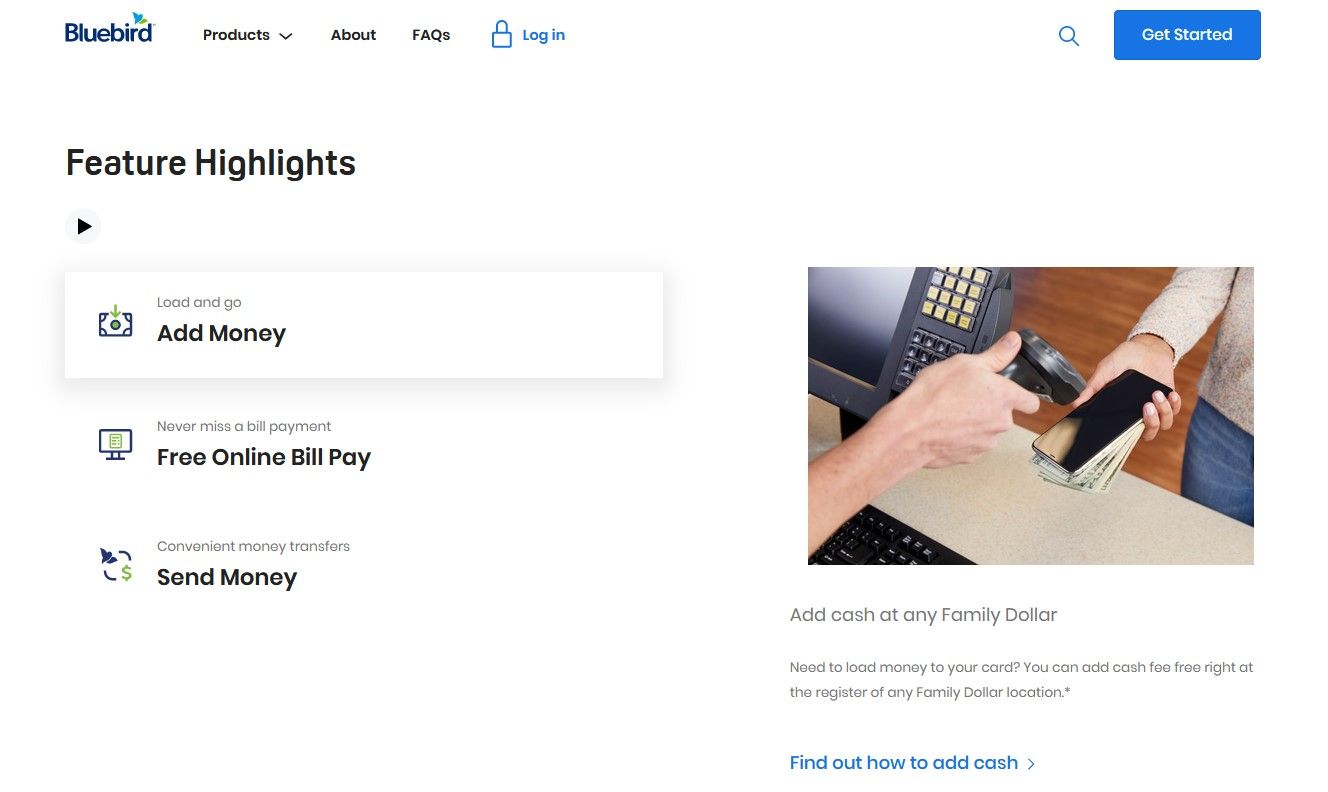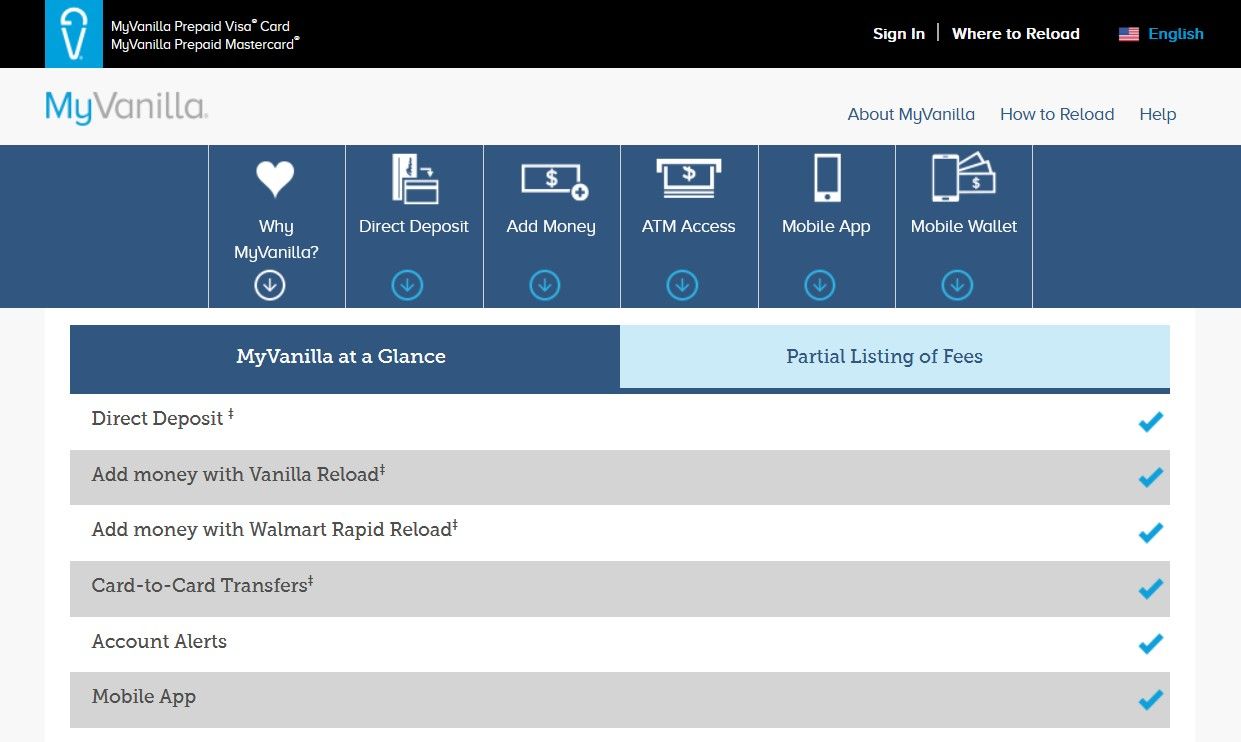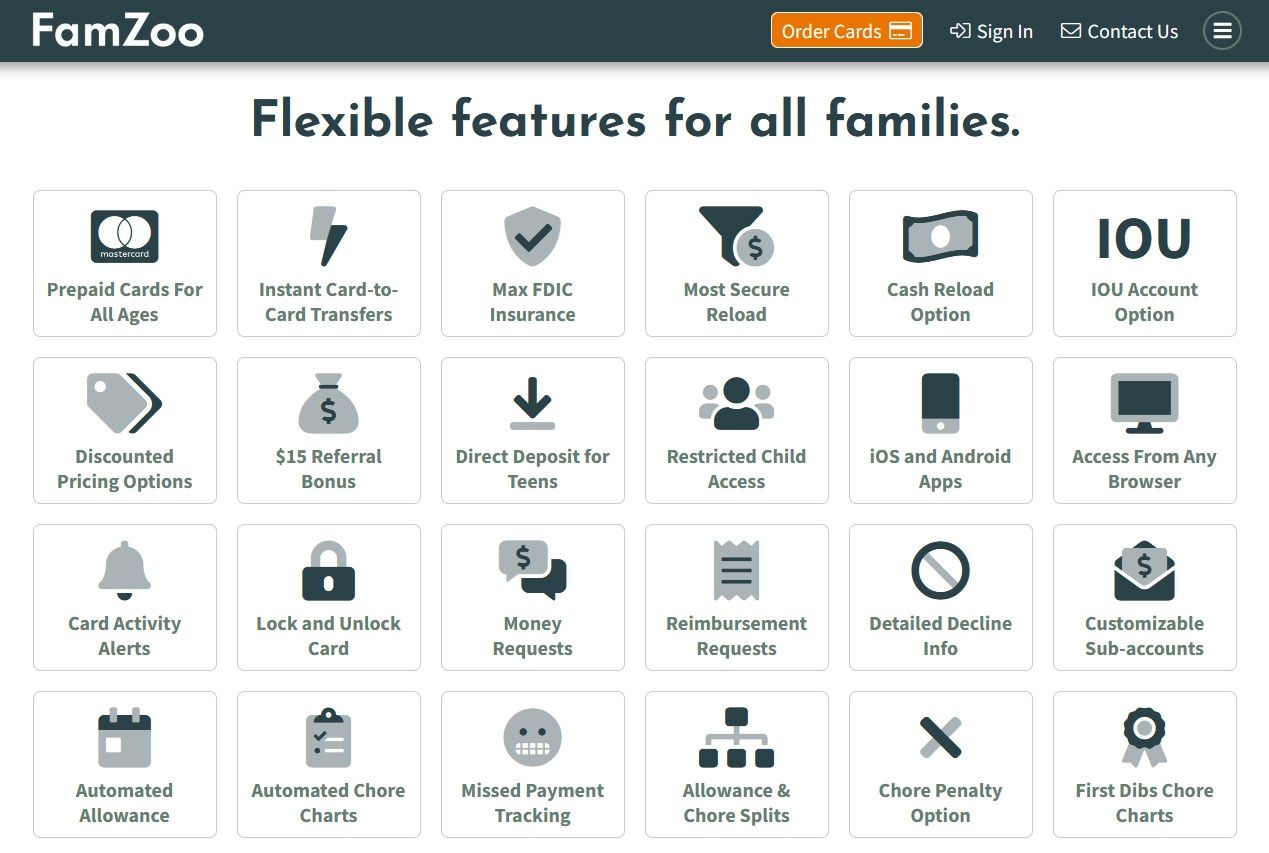Teaching children to be financially responsible isn't always easy when sites like PayPal ban those under 18 years old from using their services. Thankfully, there are many financial alternatives to PayPal for teens, which you can use to teach kids about saving and managing money.
Some of the best PayPal alternatives for minors give you “custodial” control, meaning that you can monitor how your kids are doing and step in if you see them getting into trouble. For starters, consider the following options.
Why Does PayPal Have an Age Limit?
If you're wondering how old you have to be to use PayPal, the answer isn't positive. A few years ago, it was possible to set up a PayPal Student account, but that service was discontinued.
According to PayPal's website, individuals under 18 years old are not allowed to open an account, regardless of their location:
"If you are an individual, you must be a resident of one of the countries/regions listed on the PayPal Worldwide page and at least 18 years old, or the age of majority in your country/region of residence to open a PayPal account and use the PayPal services."
But PayPal isn't your only option. Feel free to learn how to use PayPal in full, but there are several other banks and financial services that get around this age restriction by offering teen accounts linked to parental custodial accounts. Some of them are free and require no minimum balance.
Online Banking Accounts for Teens
Opening a checking or savings account for your kids can be a good opportunity to teach them about budgeting and other aspects of personal finance. After all, they don't get the chance to learn these things in school.
If they have their own bank accounts, they might find it easier to save for the future and set financial goals. Your children will also learn about the value of maximizing their savings.
Since you can no longer set up a PayPal Student account, you'll need to look for alternative options. One solution is to open a custodial account and let them take ownership of it when they turn 18. Meanwhile, you can keep an eye on their account activity and help them make sound decisions.
Capital One Money Teen Checking Account
Capital One Money is a zero-fee checking account designed for children and teens ages eight to 18. It requires no minimum balance and includes free online and mobile banking.
Here's what you'll get when you register for an account:
- No monthly or hidden fees.
- A free Mastercard debit card.
- A joint account with mobile app login credentials for parents and kids.
- Parental controls and alerts.
- Deposit checks with the Capital One Mobile app.
- Banking security and FDIC insurance.
- Access to over 70,000 fee-free ATMs across the country.
- Accounts earn interest (0.10 percent annual percentage yield).
- Link any account to Money, even if it's not with Capital One.
An actual bank account puts your teen on the path of understanding how banking works, how interest accumulates as they save money, how to manage their finances from month to month, and how to secure their smartphone banking.
Since the account includes parental controls, you can always step in and assist your teen. There is also the option to transfer money in and out of their account from your own bank account.
Download: Capital One for iOS | Android (Free)
Other Online Banking Alternatives
Capital One isn't the only company to get into the teen banking game. A few other banks have stepped up to help out with student banking accounts.
- Bank of America Student Banking: There are no monthly maintenance or overdraft fees for eligible students under 25. You also get online/mobile banking, custom alerts, debit locking controls, zero liability guarantee, access to thousands of financial centers and ATMs, and the ability to make mobile check deposits.
- Alliant Teen Checking Account: It's available for kids aged 13 to 17 years old. Start a joint account for your child with features like no minimum balance, no monthly fees, online/mobile banking, $20 per month in ATM fee rebates, and interest rates of 0.25 percent—more than twice that of other teen bank accounts.
- Chase High School Checking: A “high school checking” account is available for students between 13 and 17 years old. There's no monthly fee if it's linked to a parent's bank account—they can also track their child's transactions, set up alerts, and monitor their security. Chase tends to have ATM and overdraft fees, but this is a good opportunity to teach your teen how to avoid such “big bank” fees.
- Huntington Bank Student Checking Accounts: Children and teens under 18 years old can register for a checking account as long as someone over 18 is willing to open it as a co-signer or as a joining account. Huntington Bank doesn't provide account details online, so make sure to read the fine print when you sign up.
- Wells Fargo Clear Access Banking: If your teen is between 13 and 16 years old, you can open a checking account in their name. This option requires a $25 minimum deposit and a $5 monthly fee. Account holders can make mobile deposits, withdraw cash from over 13,000 fee-free ATMs nationwide, pay their bills online, and more. Your teen will also get a contactless debit card with zero liability protection.
National banks are not the only ones offering student accounts. Your local bank or credit union may have some options for students as well. Take a look at their website or contact them by phone to see what's available.
Prepaid Debit Cards for Teenagers
A prepaid debit card is one of the best PayPal alternatives for minors. With this option, your teen will have access to a limited amount of money for daily expenses or emergencies, Plus, you won't have to go through the hassle of opening a bank account.
You can stop at any pharmacy or supermarket and purchase a refillable prepaid card for your child to use, one of many ways to give money as a gift.
1. American Express: Bluebird Prepaid Account
Bluebird by American Express offers a hybrid between a bank account and a credit card.
One cool thing about it is that each “family account” includes up to four prepaid cards for other family members with subaccounts. You can quickly transfer money to those cards from your central account, set spending limits, and monitor your teen's account activity.
It's probably one of the best solutions for parents who want to dole out allowances to children and get them started learning how to use credit cards responsibly.
Download: Bluebird for Android | iOS (Free)
2. MyVanilla Card
An even simpler solution is to get a MyVanilla prepaid card, which can be found at Walmart and other supermarkets.
Teenagers under 18 years old can't purchase these cards. Parents need to purchase the card, sign the agreement, and then add the minor as a registered user.
Some features of the MyVanilla Card include:
- A mobile app to check and manage your account.
- Choose between Visa and Mastercard.
- Make free direct deposits.
- Transfer funds between MyVanilla Card accounts.
- No credit check required.
- Visa cards have zero liability protection for unauthorized transactions.
- Use a mobile app and wallet.
Note that this service isn't available in Vermont. The standard ATM fee in other states is $1.95 per transaction. If your teen uses the card when traveling abroad for work and other valuable experiences, they'll pay $4.95 per cash withdrawal.
Download: MyVanilla for iOS | Android (Free)
3. FamZoo Family Accounts
One of the easiest ways to manage multiple accounts via a single-family management platform is FamZoo.
This service is like Bluebird on steroids. It offers everything the American Express Bluebird account offers, including a prepaid card for each child. However, what it lacks are most of the fees you'll find when you sign up for a student account with any of the big banks.
The best feature here is automation. You can set up allowance amounts for each child and then have the funds automatically transferred to their cards at whatever interval you want.
Users can also set savings goals, request money, split payments, and create separate accounts for different purposes—all from one platform. For example, you could encourage your kids to set up a savings account and another one for donations.
You can even connect scheduled chores and jobs to payments or penalties. This is a great way to teach kids about the relationship between work and income.
If you're a really strict parent, you can set up “billing”, where you charge your kids for their share of the mobile phone bill and other expenses!
Download: FamZoo for iOS | Android (Free)
4. Google Pay
Google Pay (formerly Google Wallet but now combined with Android Pay) is an interesting alternative to PayPal for teens with reasonable age limits.
It's available for any teenager over 13 as long as a parent provides permission and accepts the terms. After that, parents can connect a bank or credit card to the Google Pay account to transfer money into it.
There are no bells and whistles. It's probably the simplest, most inexpensive way to give your kids a place to save and spend their money. Google Pay users can easily split their expenses with friends or family members, transfer money online, and make group payments.
You can even save your other credit or debit cards in one place for easy access, as well as passes and rewards with Google Wallet. The great news is that many retailers nowadays accept Google Pay without the need for a credit card.
Download: Google Pay for Android | iOS (Free)
Teaching Children Financial Responsibility Without PayPal
It isn't easy to learn financial responsibility. Unfortunately, schools don't teach it. So, it's up to parents and families to give kids a solid financial education.
Opening a checking, savings, or prepaid card account for your child can be a good starting point. And you don't need PayPal to do it.
If they want to learn more, there are several ways kids can earn money online. This is a great first step toward building good financial health.


